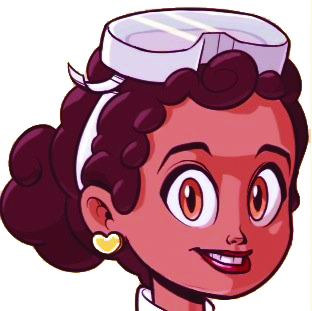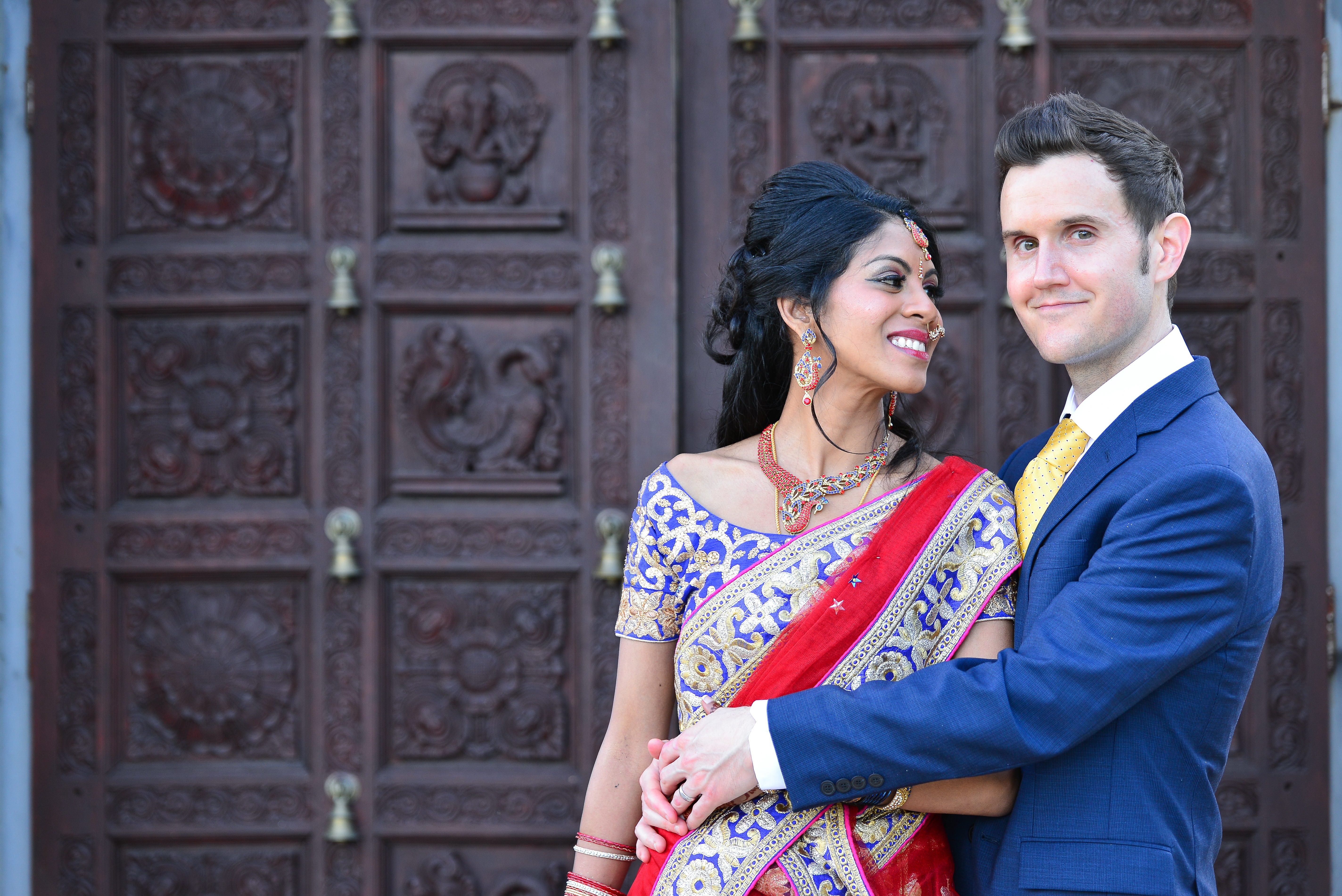Vidhya Sivakumaran spent her early childhood in the midwestern United States, but largely grew up in Toronto, Ontario, Canada. Her parents were educators and many of her uncles were engineers, so there was always a strong emphasis on education in her family. “They always pushed us to get good grades and plan for graduate school, whatever the field may be,” she says.
She was interested in science from an early age, whether through tinkering with robotics or trying to find the answers to complicated questions. She also found inspiration from famous scientists from history. “As cliché as it sounds, Marie Curie was a big influence on my life as a child,” she shares. “I enjoyed reading about her activism, fighting against the deep prejudice against women in sciences, which I think is something that we all need to keep fighting for — in multiple domains and intersections — so that science is a safe place for us all.”
Sivakumaran stayed in Toronto until she returned to the United States to attend Saint Paul’s College, a small historically black college in southern Virginia. She had not thought seriously about getting a PhD and pursuing a career in science until then. “I got to work with really great professors, who drew me into the sciences and made me want to pursue it,” she says. “Having great mentors is a big part of any field, and having that helps drive and motivate a person.”
 She continued on to Virginia Tech, where she earned her PhD in biochemistry, with a focus on cardiac membrane biophysics. From there, she worked as a postdoc at Johns Hopkins University in the Department of Cardiology, working on heart failure and redox signaling. She then undertook a second postdoc at Loyola University Chicago, “focusing still on the heart, but more in using biophysical techniques for structural biology and physiology,” she explains.
She continued on to Virginia Tech, where she earned her PhD in biochemistry, with a focus on cardiac membrane biophysics. From there, she worked as a postdoc at Johns Hopkins University in the Department of Cardiology, working on heart failure and redox signaling. She then undertook a second postdoc at Loyola University Chicago, “focusing still on the heart, but more in using biophysical techniques for structural biology and physiology,” she explains.
This research held personal significance for her. “My mother had a heart attack — which she survived — the year before I went into graduate school,” she says. “When I came across a lab in my department as a first-year graduate student, I knew this was the field for me. I needed to work on and with the heart. It felt like I was paying respect to my mother.”
“Combining physics and biology to figure out structural changes and movement in proteins, and how these changes affect kinetics and function that can answer physiological questions, is fascinating. Being in the lab, what was most rewarding for me was knowing that something I was working on could lead to further insights into the unknown,” she says, “and to the eventual development of pharmaceuticals, function, and generally answer questions we don’t know the answers to.”
Her biggest challenge as a scientist, and in academia, was being taken seriously. “On the exterior, I am short and small, and that combined with being female can make things difficult in such a male-dominated field,” she says. “I sought out female mentors — not necessarily ones I worked for, but ones my labs collaborated with or other women in the science field — in order to discuss issues affecting females in academia and just generally know that others made it through.”
Since her postdocs, Sivakumaran has been working out of the lab. She worked at an education startup, Kids Science Labs, and is now an analyst at a software company. She also works as a freelance scientist writing up approaches and methods for a technology scouting company. “At my current job, it’s completely different than working in academia, so that’s been a challenge. The transition from the academic mindset to an industry mindset has been an adjustment,” she says. “I find that my work has an immediate and direct impact on a customer base, which is awesome and something I think we all work toward: making a difference.”
 “While it’s not lab work and I didn’t move on to becoming a professor like I thought I would, my current job does implement a lot of the same skills: analyzing data, researching terms and methodologies, looking at trends and getting the information to ‘speak’ to you,” she says. “Our skills as scientists can be applied to so many different endeavors, it’s just figuring out where you want to go and what you want to do. Now that I’ve left the lab, I’m not sure where my path in biophysics will lead, but I’m sure I’ll enjoy the ride.”
“While it’s not lab work and I didn’t move on to becoming a professor like I thought I would, my current job does implement a lot of the same skills: analyzing data, researching terms and methodologies, looking at trends and getting the information to ‘speak’ to you,” she says. “Our skills as scientists can be applied to so many different endeavors, it’s just figuring out where you want to go and what you want to do. Now that I’ve left the lab, I’m not sure where my path in biophysics will lead, but I’m sure I’ll enjoy the ride.”
Sivakumaran currently serves on the Biophysical Society’s Early Careers Committee, which aims to support early career biophysicists in all careers. “The Society has so many different opportunities — some of which I didn’t take advantage of, but should have — for personal development skills, as well as career workshops and networking events specifically formulated for students to meet peers and discuss issues, ask questions, and make their own mark on the Society,” she says.
“I also met my second postdoc advisor as a second year grad student at the BPS Annual Meeting, so you can even make moves in terms of your career at conferences!”
When she’s not working, she enjoys reading, drawing, and painting. “I find that doing these things really relax me and get me ready for the next day and week ahead,” she says.
“If you really want a career in biophysics, stick with it through the ups and downs, but also keep in mind that the skills that you develop in graduate school and through your postdocs can be applied elsewhere,” she says. “You can be happy utilizing the same skills in a job of a different format — I’m a prime example of that!”